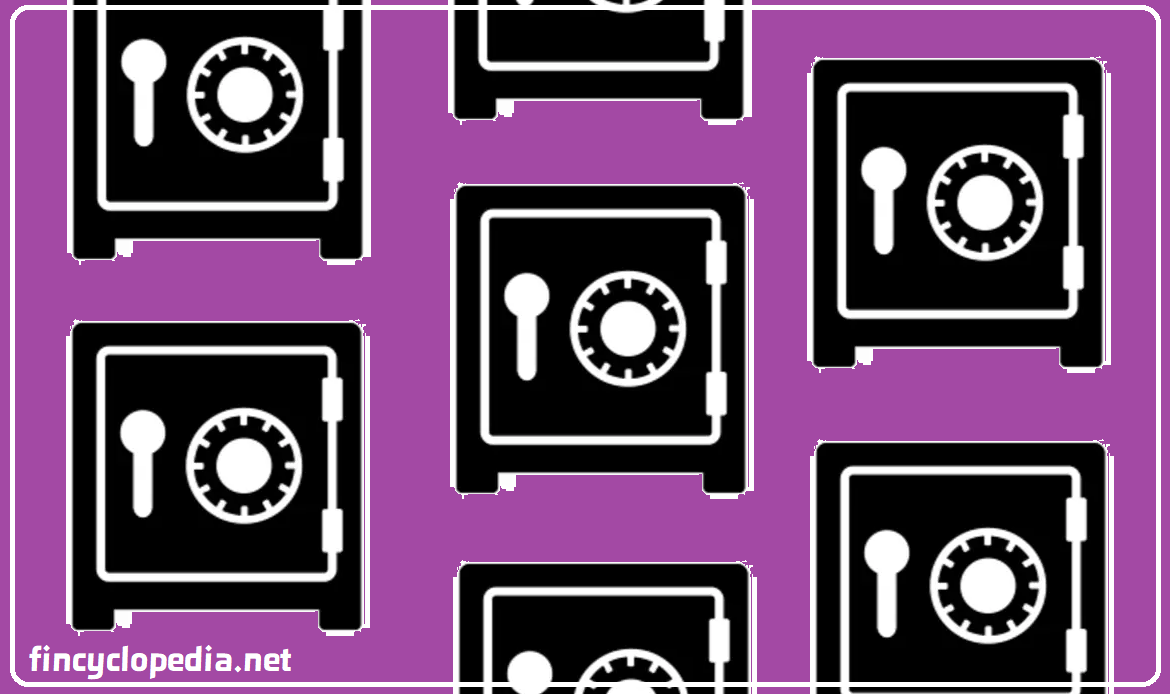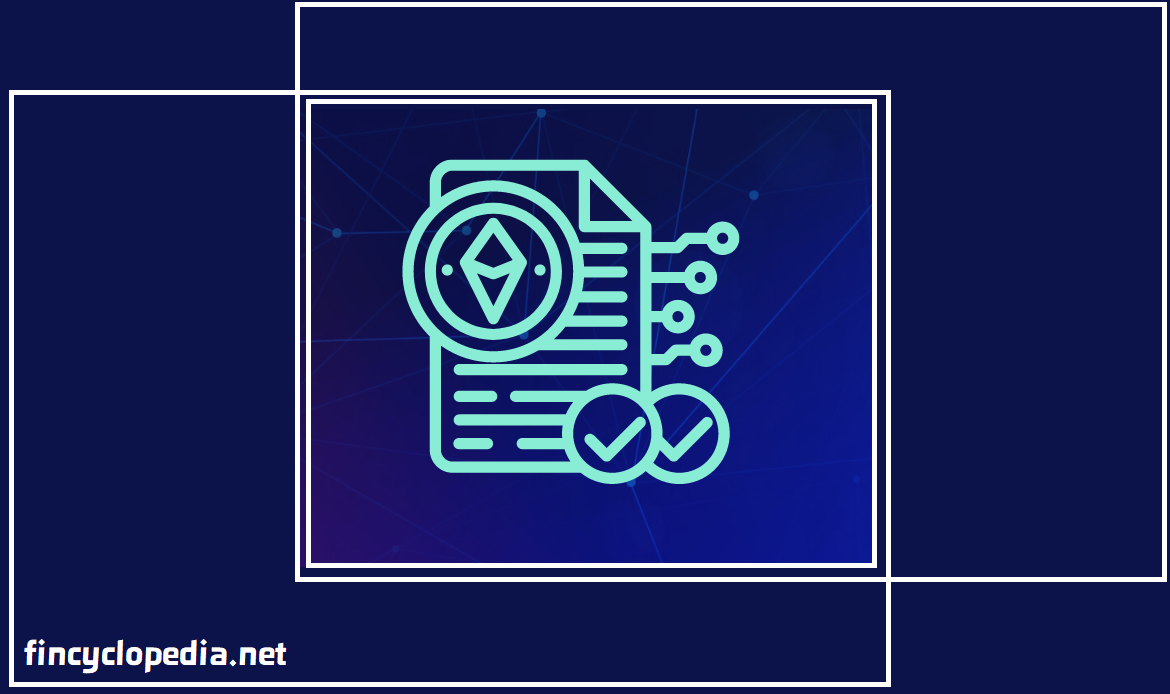
Concept
Self-custody staking is a type of staking in which a single validator (miner) node conducts staking for its own coin (the network coin), independently validating transactions and creating blocks, and producing rewards in that coin or token. By self-custody, users can exercise full control over their staked assets, as opposed to joint staking which requires relinquishing a certain degree of control over assets to the hosting party. A user or participant plays the role of a custody for his/ her own staked digital assets.
Staking
Staking is the process whereby network participants can earn rewards (or returns) by locking their cryptoassets and other digital assets in wallets. Decentralized finance (DeFi) applications and protocols require a certain level of liquidity to ensure transactions are carried out in a smooth and efficient manner. As a distinct asset class, cryptoassets are increasingly staked, and nowadays provide an attractive means to earn passive investment income on such assets, whether individually or as part of an investment scheme. Staking utilizes a mechanism known as a proof-of-stake (PoS) consensus, being an alternative consensus mechanism to proof of work (PoW) for blockchains. Unlike coins that operate on a proof-of-stake mode, Bitcoin is a blockchain that operates on a proof-of-work model. Instead of consuming computing power to validate transactions, validators (miners), using proof of stake mechanism (on proof-of-stake blockchains), must provide a proof of ownership of staked coins (or assets). This mechanism substantially reduces the power consumption required for mining (as staked assets are already available), and also improves decentralization, security, and scalability.
Modus operandi
Self-custody staking is carried out by holding a minimum number of assets (cryptocurrencies) and running a node to participate in validating transactions on the blockchain network. The participants can ensure control over their staked asset, staking roles are usually divided between two categories of participants: stakers and validators. Holders of assets use credentials and permissions related to the staked assets. Validators, on the other hand, host the respective node and hold permissions related to node management. This division can ensure the security, stability, and continuous rewards of the node. Stakers, as ordinary users, must have some technical knowledge and ability to handle security measures to ensure the stability and security of the node.




